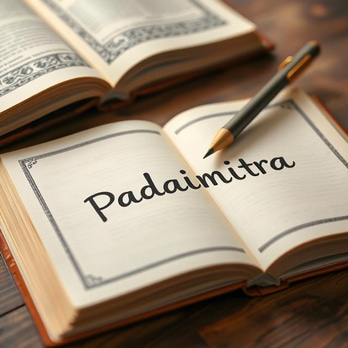Exploring Indian History
A Comprehensive Guide to the Past and Present of India
steeve
3/23/20252 min read

Exploring Indian History – A Comprehensive Guide to the Past and Present of India
Index
Chapter 1: Ancient India
1.1 Indus Valley Civilization
1.2 Vedic Period
1.3 Maurya Empire
1.4 Gupta Empire
Chapter 2: Medieval India
2.1 Delhi Sultanate
2.2 Mughal Empire
Chapter 3: Colonial India
3.1 European Trade and Early Colonization
3.2 British Rule in India (The British Raj)
Chapter 4: Modern India
4.1 Indian Independence Movement
4.2 Partition of India
4.3 Post-Independence India
Chapter 1: Ancient India
Lesson 1: Indus Valley Civilization
The Indus Valley Civilization (c. 3300–1300 BCE) was one of the world's earliest urban cultures, known for its advanced city planning, architecture, and social organization.
📌 Wikipedia Link: Indus Valley Civilisation
📌 YouTube Video: https://youtu.be/E3uuNPBcun0?si=zyhRenFii-R5M5dU&t=10{in hindi},https://youtu.be/bTz_DyqF53o?si=F53TR4q2MMhm7LEZ&t=12{in english}
Lesson 2: Vedic Period
The Vedic Period (c. 1500–500 BCE) marks the era when the Vedas, the oldest scriptures of Hinduism, were composed, shaping the religious and social foundations of later Indian culture.
📌 Wikipedia Link: Vedic Period
📌 YouTube Video: Add your YouTube link here
Lesson 3: Maurya Empire
The Maurya Empire (c. 322–185 BCE) was one of the largest empires in ancient India, notable for its political unity, centralized administration, and the spread of Buddhism under Emperor Ashoka.
📌 Wikipedia Link: Maurya Empire
📌 YouTube Video: Add your YouTube link here
Lesson 4: Gupta Empire
The Gupta Empire (c. 320–550 CE) is often regarded as a golden age in Indian history, marked by significant achievements in arts, science, literature, and philosophy.
📌 Wikipedia Link: Gupta Empire
📌 YouTube Video: Add your YouTube link here
Chapter 2: Medieval India
Lesson 5: Delhi Sultanate
The Delhi Sultanate (1206–1526 CE) was a period of Muslim rule in North India, characterized by significant cultural, social, and political changes and the establishment of Islamic institutions.
📌 Wikipedia Link: Delhi Sultanate
📌 YouTube Video: Add your YouTube link here
Lesson 6: Mughal Empire
The Mughal Empire (1526–1857 CE) is renowned for its contributions to art, architecture, and culture, as well as for establishing a centralized system of administration that influenced Indian society for centuries.
📌 Wikipedia Link: Mughal Empire
📌 YouTube Video: Add your YouTube link here
Chapter 3: Colonial India
Lesson 7: European Trade and Early Colonization
European trading companies, such as the Portuguese, Dutch, French, and British, began establishing trade routes and trading posts in India from the late 15th century, setting the stage for later colonization.
📌 Wikipedia Link: European Colonisation of India
📌 YouTube Video: Add your YouTube link here
Lesson 8: British Rule in India (The British Raj)
The period of British rule in India, known as the British Raj (1858–1947 CE), transformed India's political, social, and economic landscape through colonial policies and infrastructure developments.
📌 Wikipedia Link: British Raj
📌 YouTube Video: Add your YouTube link here
Chapter 4: Modern India
Lesson 9: Indian Independence Movement
The Indian Independence Movement was a long, multifaceted struggle against British colonial rule, involving leaders like Mahatma Gandhi and Jawaharlal Nehru, and various non-violent and revolutionary movements.
📌 Wikipedia Link: Indian Independence Movement
📌 YouTube Video: Add your YouTube link here
Lesson 10: Partition of India
The Partition of India in 1947 led to the creation of two independent states, India and Pakistan, and was accompanied by widespread communal violence and large-scale migrations.
📌 Wikipedia Link: Partition of India
📌 YouTube Video: Add your YouTube link here
Lesson 11: Post-Independence India
Post-independence India has evolved through challenges and rapid changes in its political, economic, and social systems, forging its identity as a democratic and diverse nation.
📌 Wikipedia Link: Modern India
📌 YouTube Video: Add your YouTube link here
